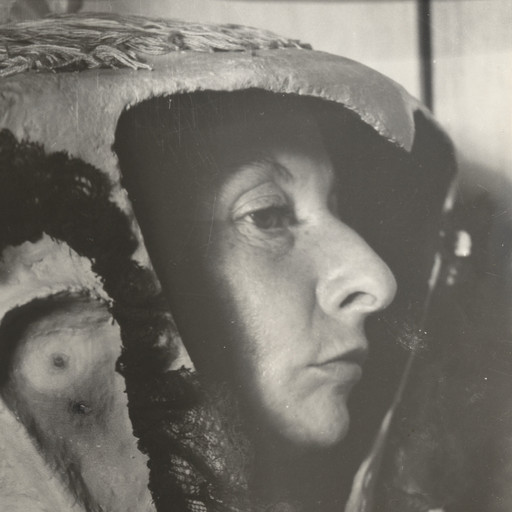Introduction
Renowned for her surrealistic paintings and elaborate representations of fantasy worlds, Remedios Varo has enthralled art aficionados. Her creations are not only aesthetically striking but also profoundly symbolic and narratively rich due to her singular fusion of art, science, and spirituality. This article explores Remedios Varo’s life, career, and enduring influence. His artistic journey has had an impact on the art world.
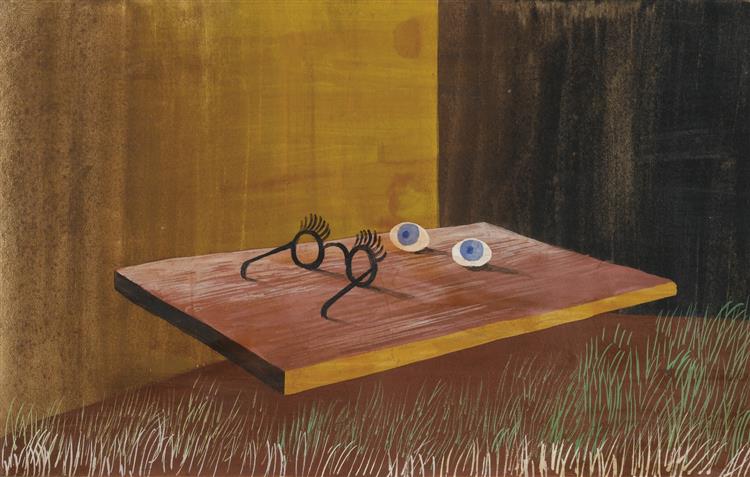
Who Was Remedios Varo?
Born María de los Remedios Alicia Rodriga Varo y Uranga in 1908 in Spain, Remedios Varo developed an early interest in art, influenced by her father, an engineer with a passion for drawing. Her formal education at the Academia de San Fernando in Madrid further honed her skills and introduced her to surrealist techniques, which would profoundly shape her future works. Despite the turmoil of the Spanish Civil War, Varo’s move to Paris in 1937 allowed her to immerse herself in the vibrant surrealist community, where she met influential peers like André Breton and Max Ernst.
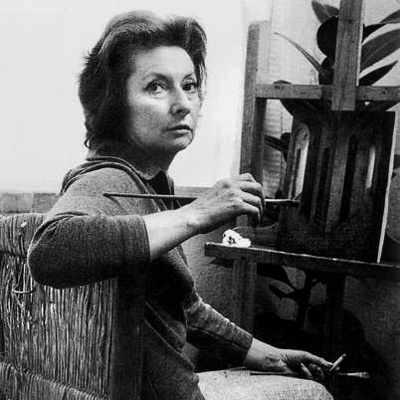
The Art of Remedios Varo: A Confluence of Science and Fiction
Varo’s artwork is renowned for its elaborate detail, technical precision, and fantastical themes that often weave elements of science fiction with alchemy, magic, and the occult. Her most famous paintings, such as “The Creation of the Birds” and her poignant “Self Portrait,” showcase her ability to blend these elements seamlessly. The scientific accuracy in her paintings, from intricate machinery to carefully depicted natural elements, reflects her lifelong fascination with scientific principles and their mystical interpretations.
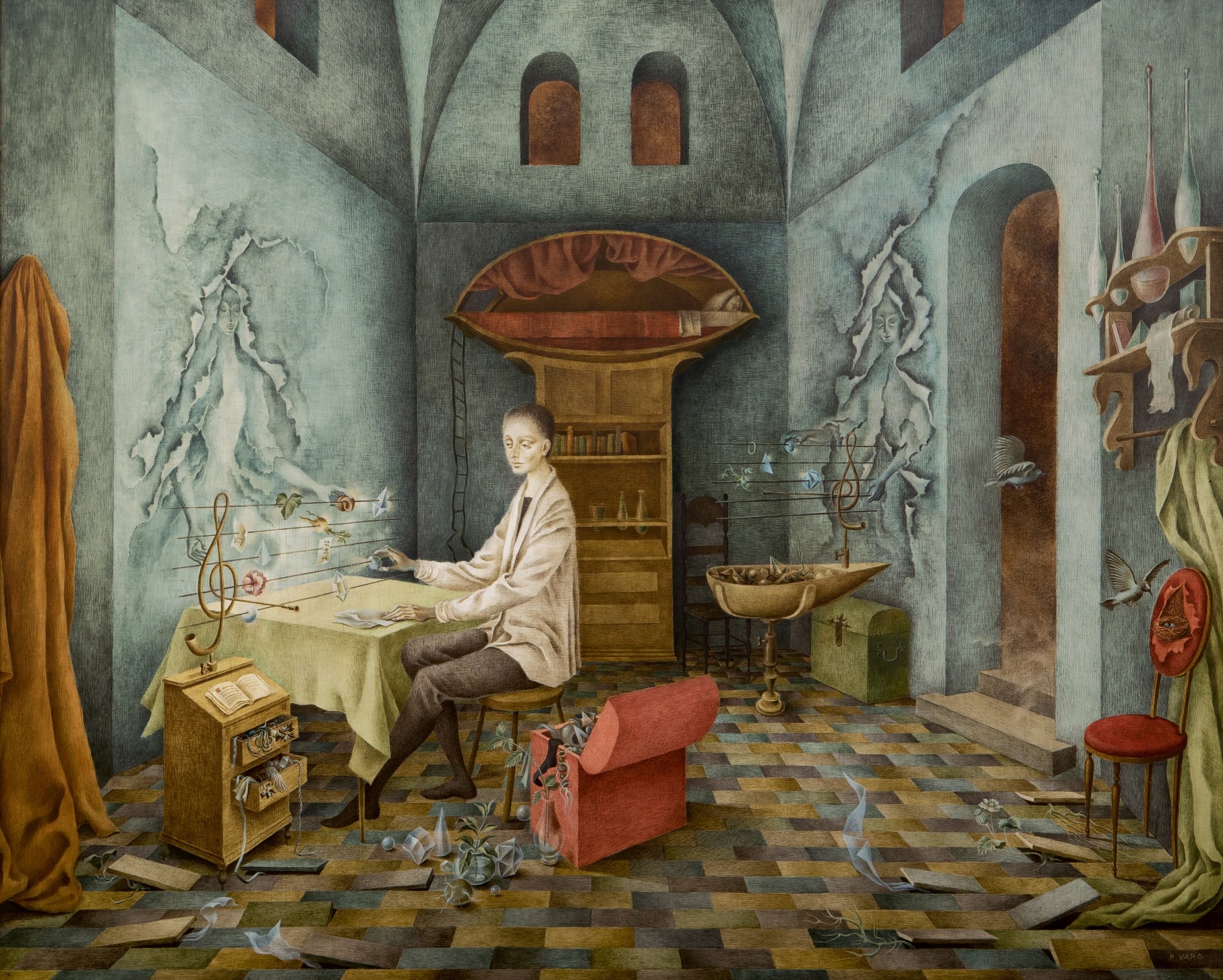
Notable Exhibitions and Collections
Though originally overshadowed by her male contemporaries, Varo has posthumously gained recognition, with her works held in prestigious collections worldwide, including the Art Institute of Chicago. Exhibitions dedicated to her art have attracted wide audiences, keen to explore her unique visual language and thematic richness. Her influence extends beyond the canvas, inspiring modern artists and writers who see in her works a continued relevance to contemporary discussions about gender, identity, and the subconscious.
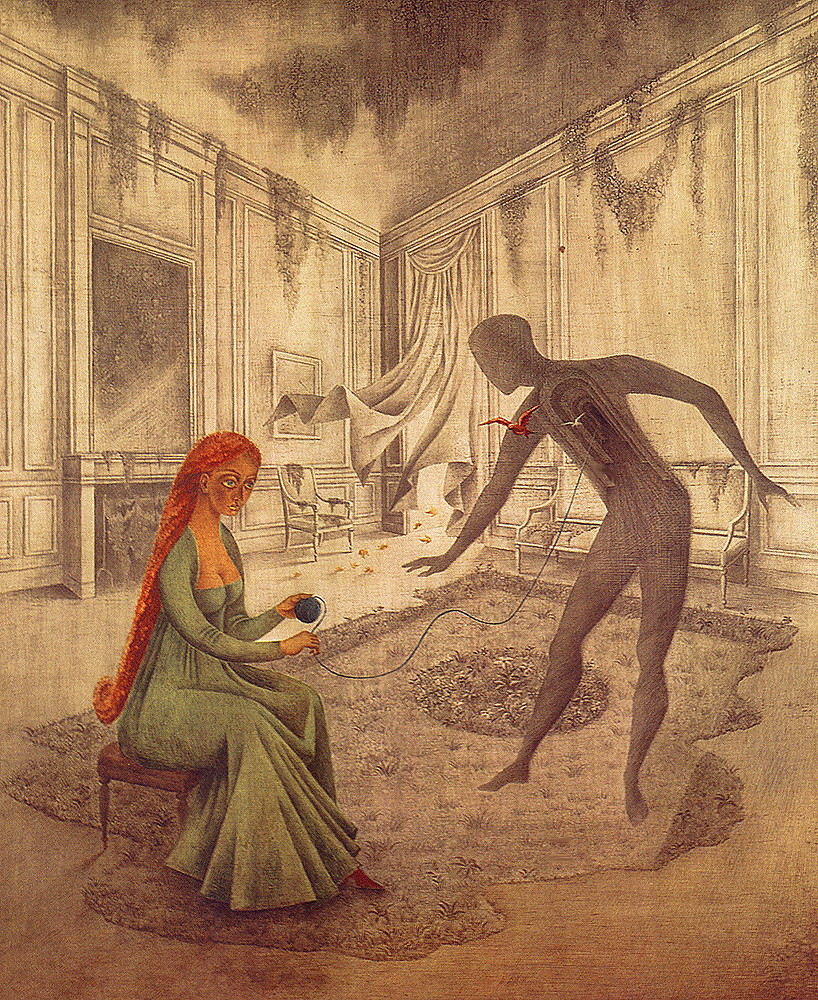
Remedios Varo in Chicago and Beyond
The presence of Remedios Varo’s artwork in Chicago, particularly at the Art Institute, has played a crucial role in her recognition in the United States. This institution houses several of her prints and paintings, offering American audiences a rare glimpse into her enigmatic world. Each piece serves as a portal into Varo’s imagination, where viewers can experience her meticulous craftsmanship and ethereal storytelling.
Legacy and Influence
Today, Remedios Varo is celebrated not only for her technical skill and unique style but also for the depth of her imagination and intellect. Her paintings invite viewers on a journey through elaborate, dream-like landscapes populated by hybrid creatures, mystical scientists, and magical inventions. Varo’s work challenges the boundaries between reality and fantasy, science and spirituality, urging a deeper contemplation of the world around us.
Conclusion
Remedios Varo remains one of the most intriguing figures in surrealism. Her works continue to fascinate and inspire a new generation of artists and art lovers, drawn to her distinctive fusion of the real and the surreal. As her paintings travel from the Art Institute of Chicago to other major galleries around the world, Remedios Varo’s legacy as a pioneering artist and storyteller is continually reaffirmed, securing her place as a cornerstone of 20th-century art.
Feature Image Courtesy: moma
How a Painter’s Vision Redefined Global Communication: The Story of the First Telegraph


